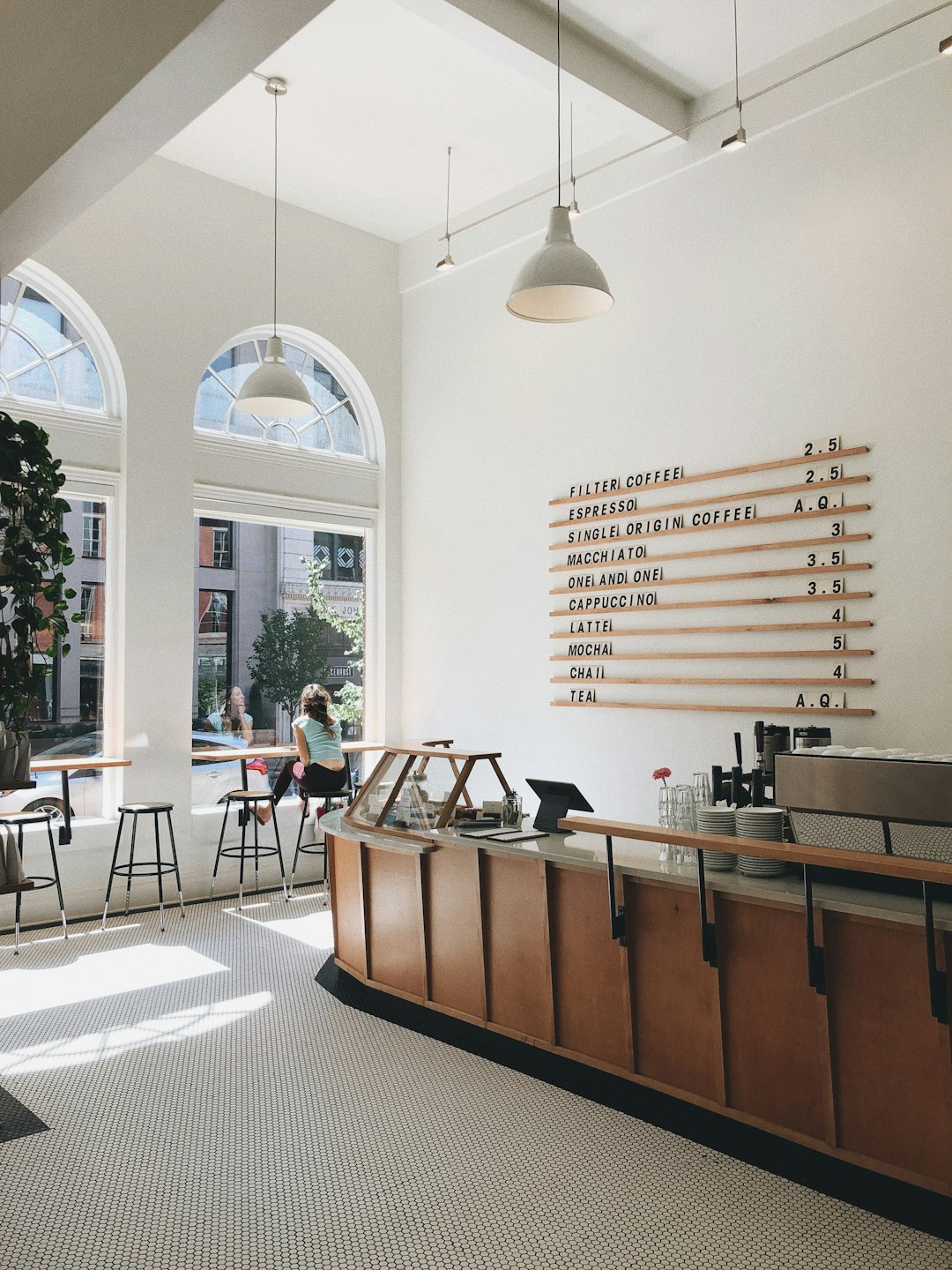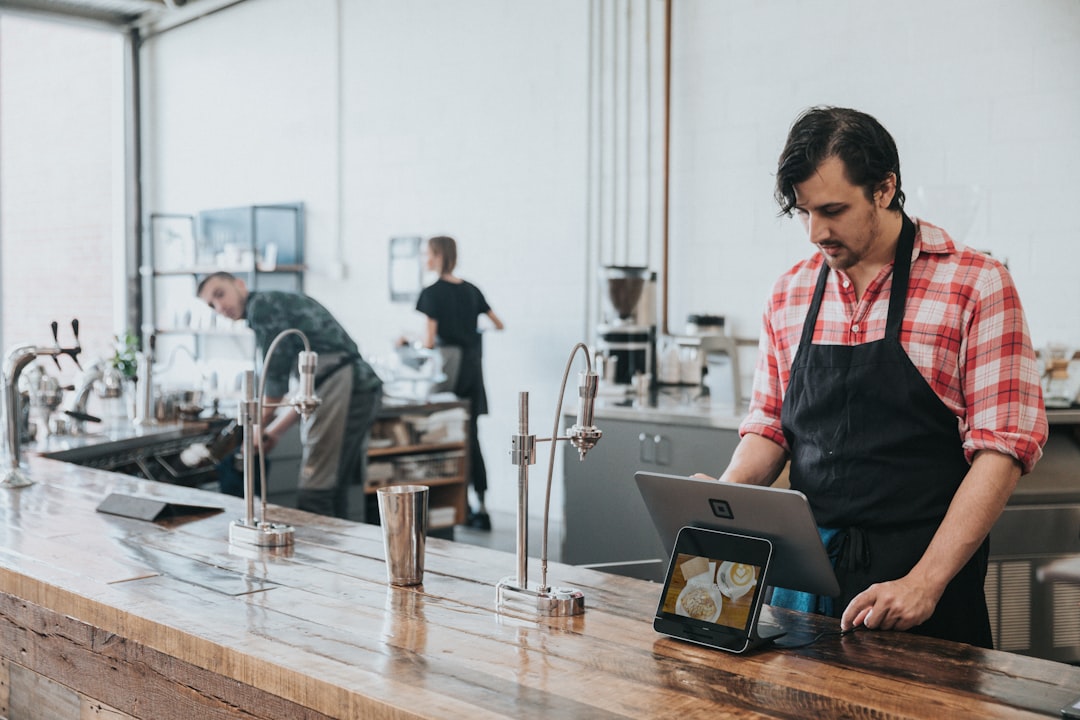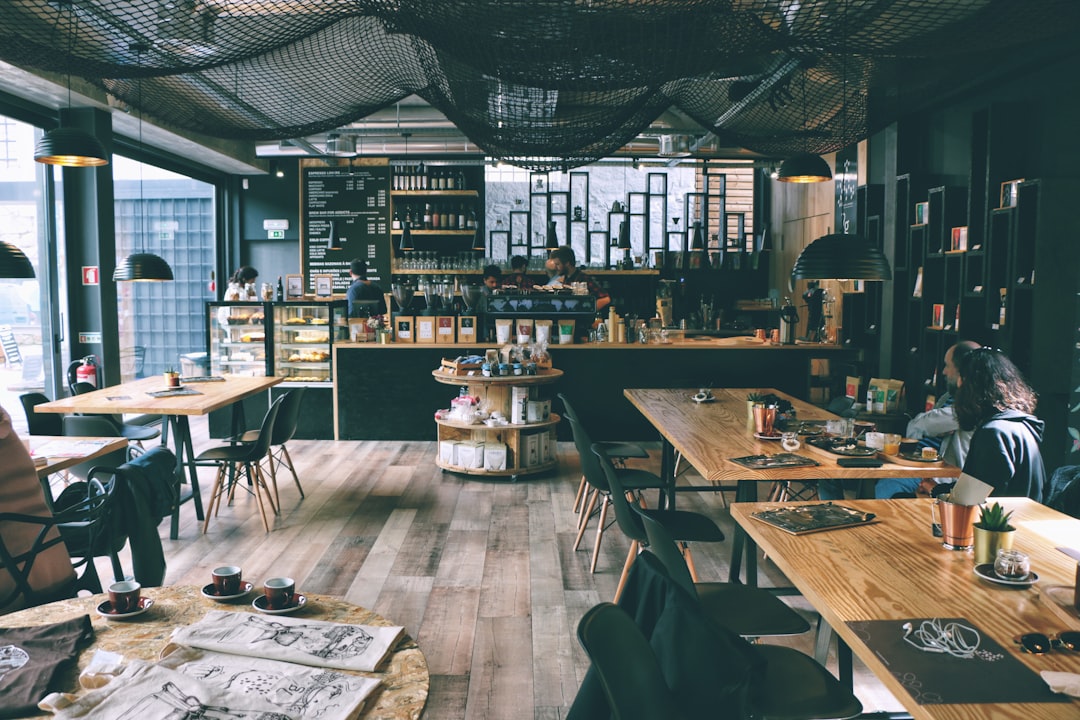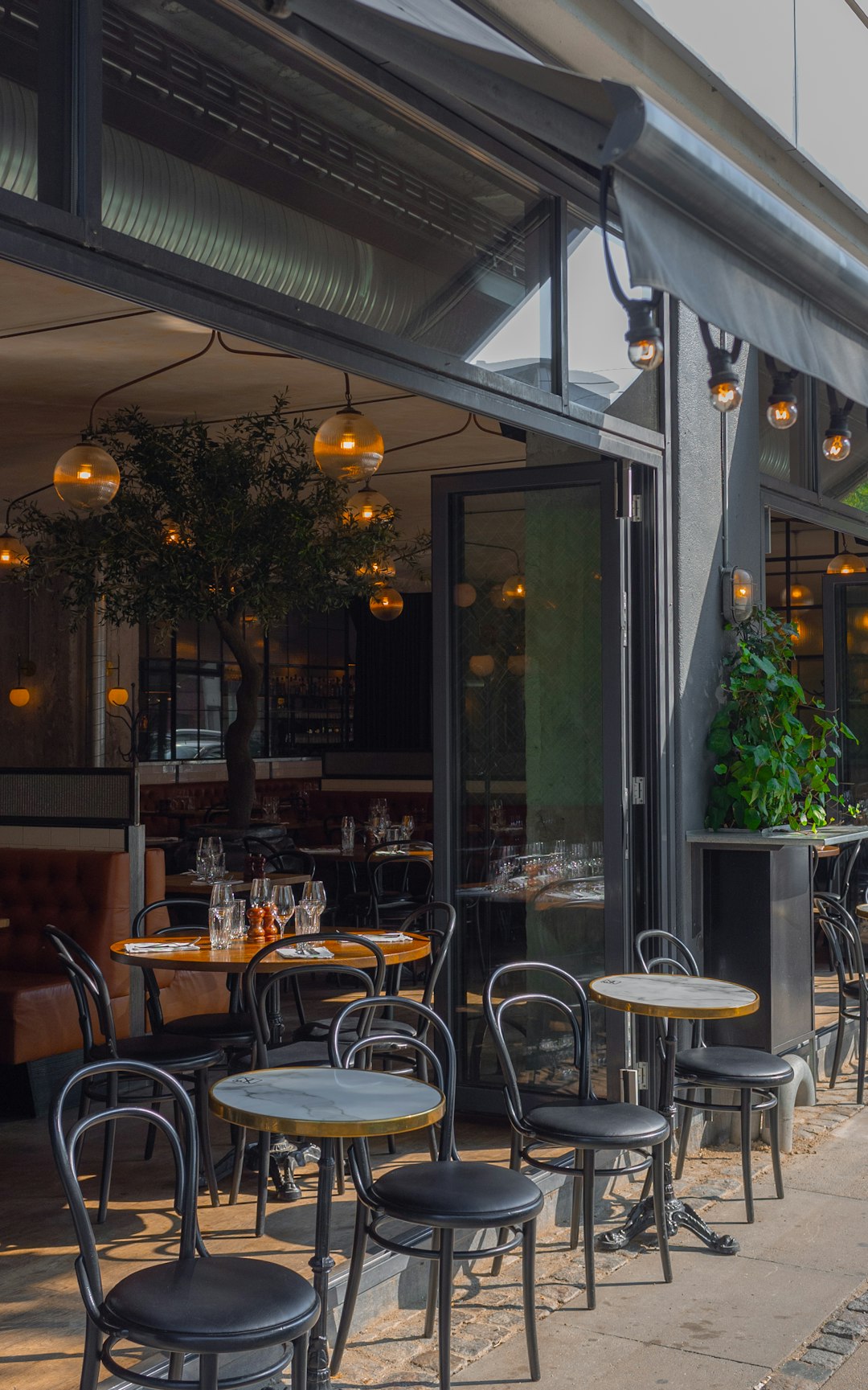Cafe pricing is influenced by multiple factors including Cost of Goods Sold (COGS), overhead costs, location, target market, and brand positioning. In a competitive market, balancing reasonable prices to attract customers with profitable margins through quality offerings or unique ambiance is key. Understanding and tracking COGS allows cafe owners to set prices that reflect product quality while maintaining profitability, such as charging higher prices for premium items like specialty coffee or artisanal baked goods. Staying informed about industry trends and competitor pricing is crucial for success in the cafe business.
Assessing cafe pricing and value is a delicate balance between understanding market dynamics and gauging customer perception. In today’s competitive café landscape, success hinges on optimizing pricing strategies while ensuring patrons perceive optimal value. This article guides you through the key factors influencing café pricing, from market trends and cost of goods sold to customer feedback and unique selling points. We also explore effective strategies for aligning pricing with perceived value, including dynamic pricing, loyalty programs, and targeted promotions.
Understanding Cafe Pricing Factors
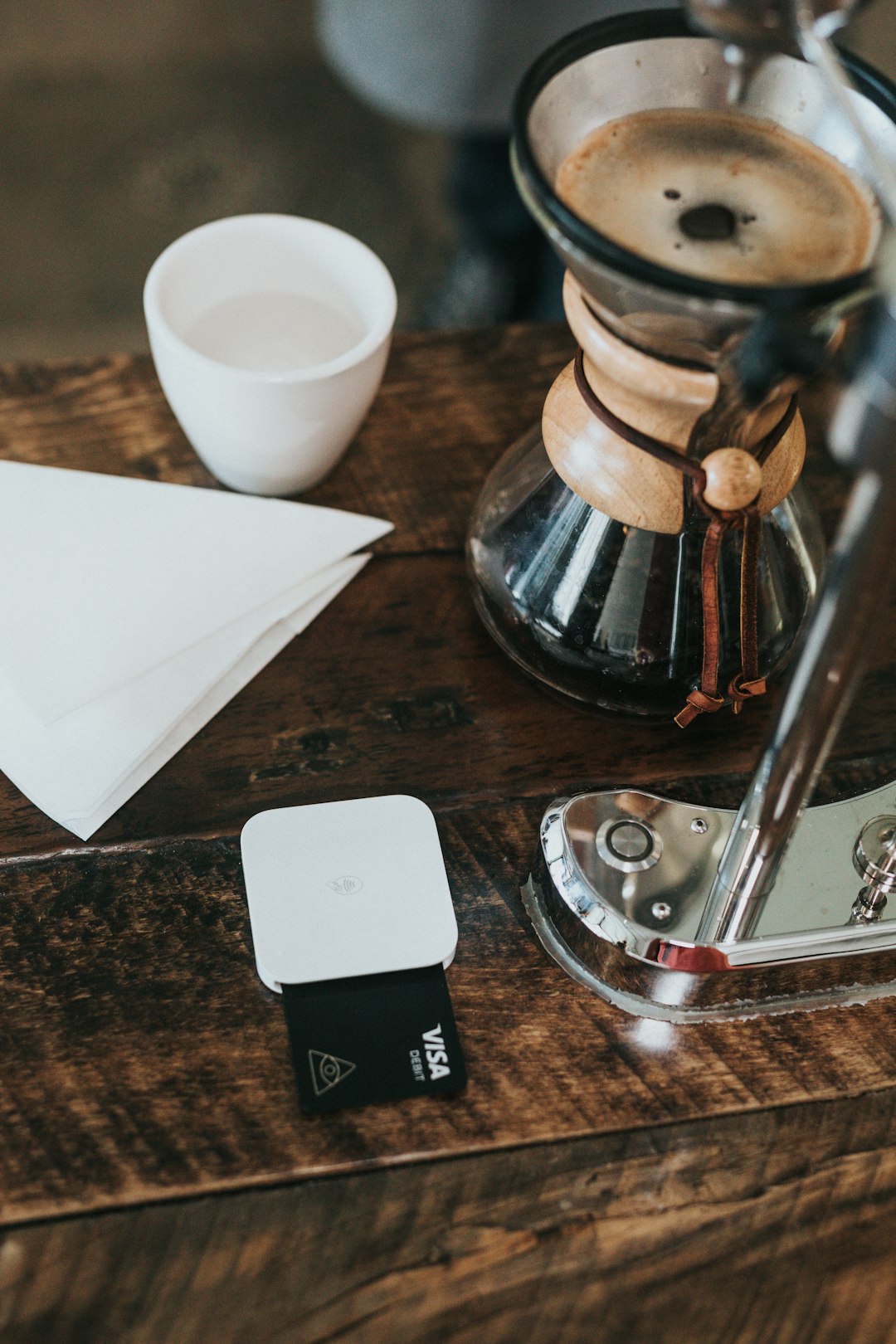
Understanding Cafe Pricing Factors
When assessing a cafe’s pricing strategy, several key factors come into play. The cost of goods sold (COGS), which includes ingredients and labor for food and beverages, significantly influences menu prices. For instance, a cafe serving premium, locally sourced ingredients will often reflect this in their pricing. Additionally, overhead costs such as rent, utilities, and staff wages are crucial; higher-end locations or establishments with larger staff may have increased operational expenses, which can be factored into the price of a cup of coffee or pastry.
The location of the cafe also plays a significant role. In bustling city centers where foot traffic is high, landlords often charge premium rents, allowing for slightly higher menu prices to cover these costs. Conversely, cafes in less dense areas might have lower overhead but may need to attract customers through competitive pricing strategies. These variables, along with the overall target market and brand positioning, collectively determine the pricing structure of a cafe, ultimately shaping the perceived value for patrons.
– Market trends and competition

In the competitive cafe landscape, understanding market trends and competitor pricing is crucial for any establishment aiming to set fair and attractive prices. Customers today are more price-conscious yet value quality and unique experiences. Therefore, cafes must stay updated on industry dynamics, keeping an eye on rising costs of goods sold while also monitoring local and national economic conditions that influence consumer spending. A close analysis of nearby competitors’ menus and pricing strategies is essential to remain competitive. While offering reasonably priced items can attract a broader clientele, maintaining profit margins requires a delicate balance. Many successful cafes differentiate themselves by showcasing distinctive menu offerings or creating an ambiance that justifies premium pricing, thus appealing to discerning patrons willing to pay for exceptional experiences.
– Cost of goods sold (COGS)

In the cafe industry, understanding the Cost of Goods Sold (COGS) is a critical component of assessing pricing and value. COGS refers to all direct costs associated with preparing and selling food and beverages at a cafe. This includes ingredients, packaging, and labor involved in creating each menu item. By meticulously tracking and analyzing COGS, cafe owners can make informed decisions about price adjustments, ensuring their offerings remain competitive while maintaining profitability.
For instance, a well-run cafe might charge slightly higher prices for premium coffee beans or artisanal baked goods, reflecting the higher COGS of these items compared to mass-produced alternatives. This strategy allows them to offer quality products while covering operational expenses and generating a healthy profit margin. Effectively managing COGS is key to creating a sustainable pricing structure that attracts customers seeking excellent cafe experiences.
When assessing cafe pricing, understanding key factors like market trends and competition, along with managing the cost of goods sold (COGS), becomes essential for cafes to offer competitive prices without compromising value. By balancing these elements, cafe owners can ensure their pricing strategy resonates with customers while maintaining profitability.
